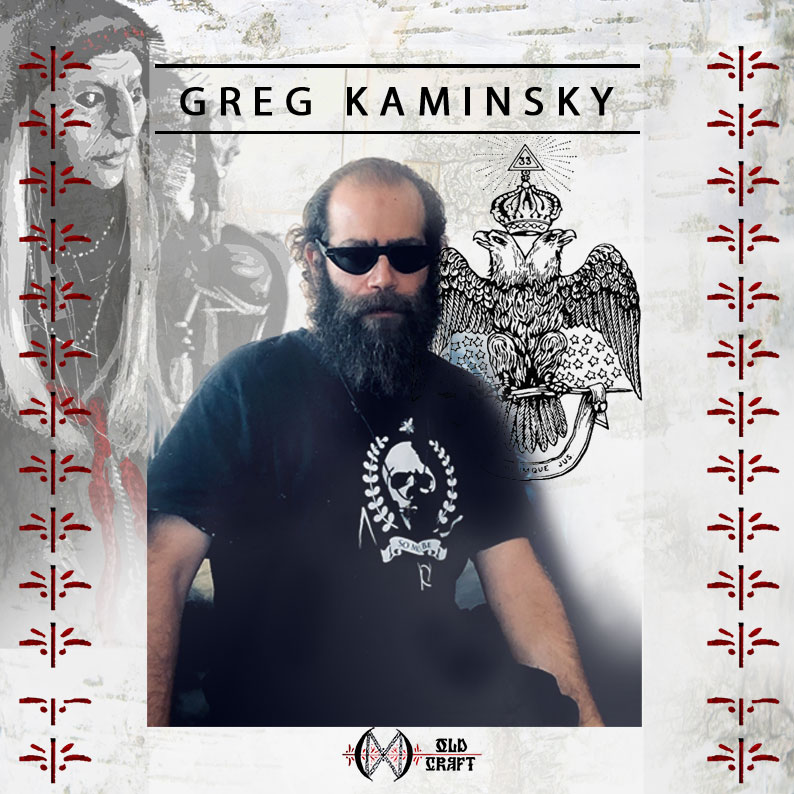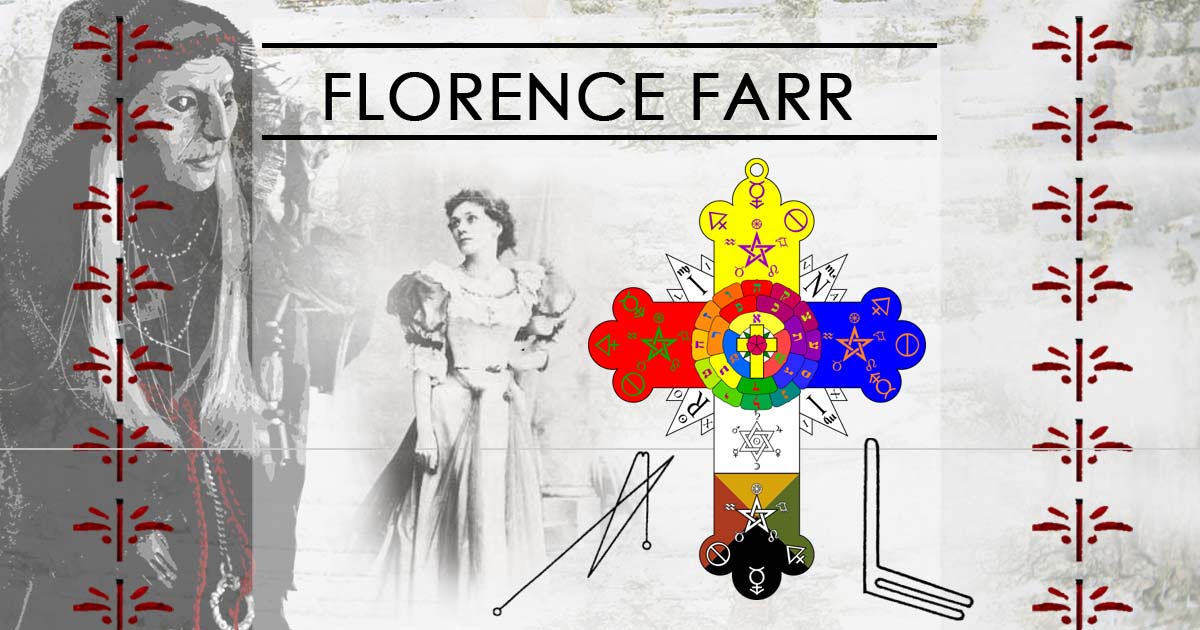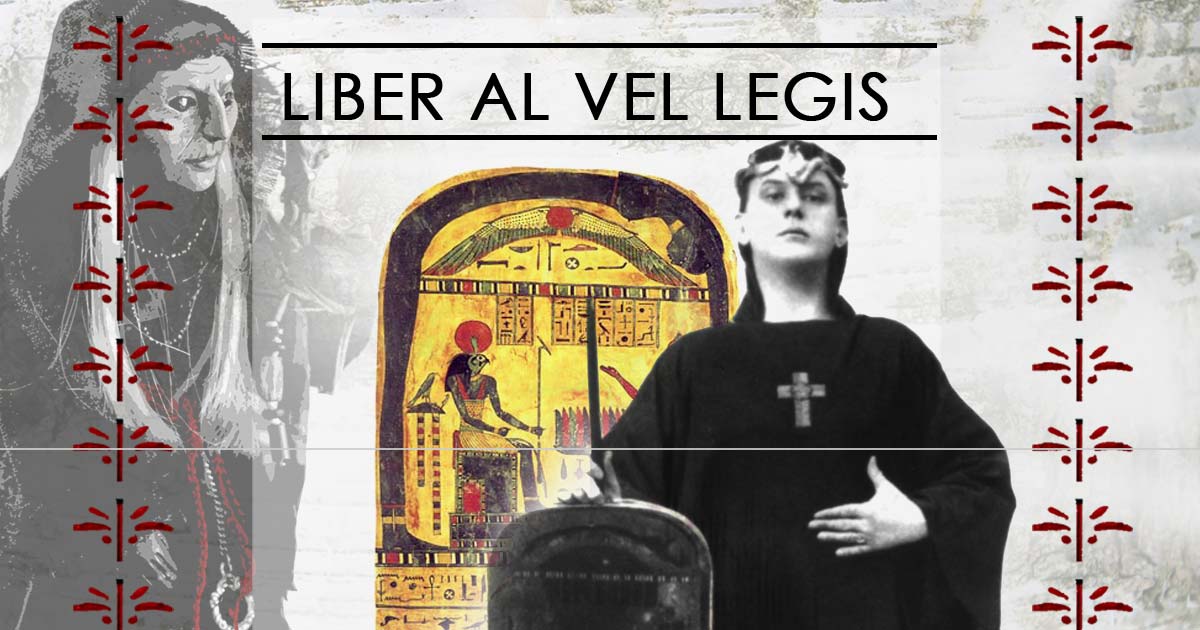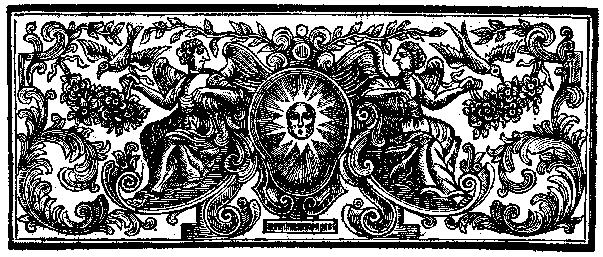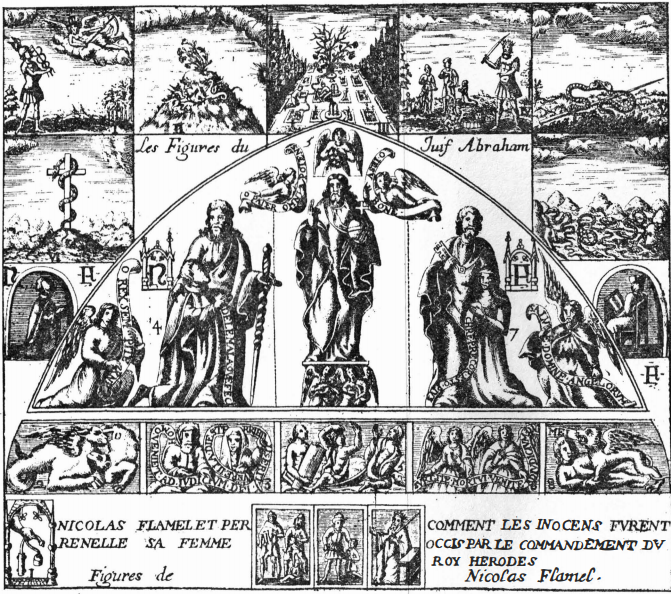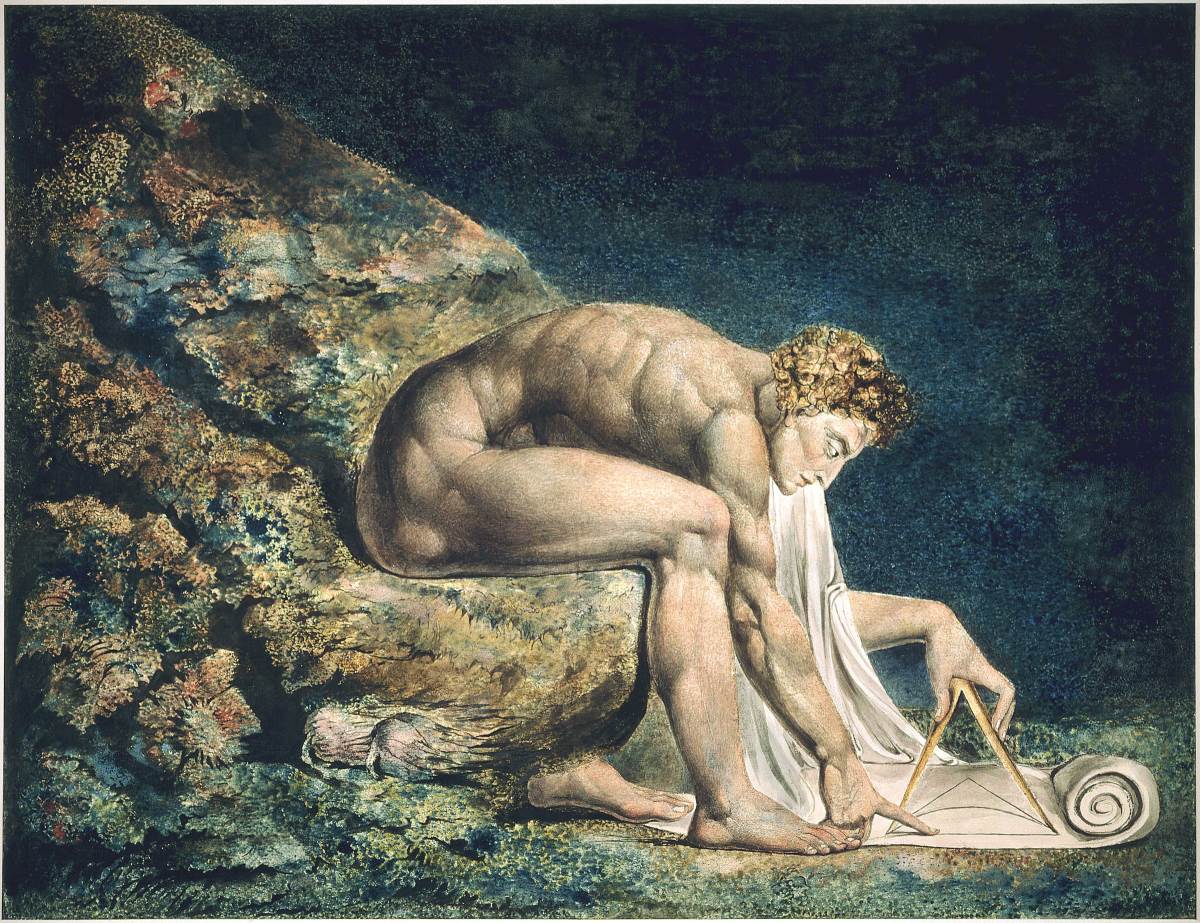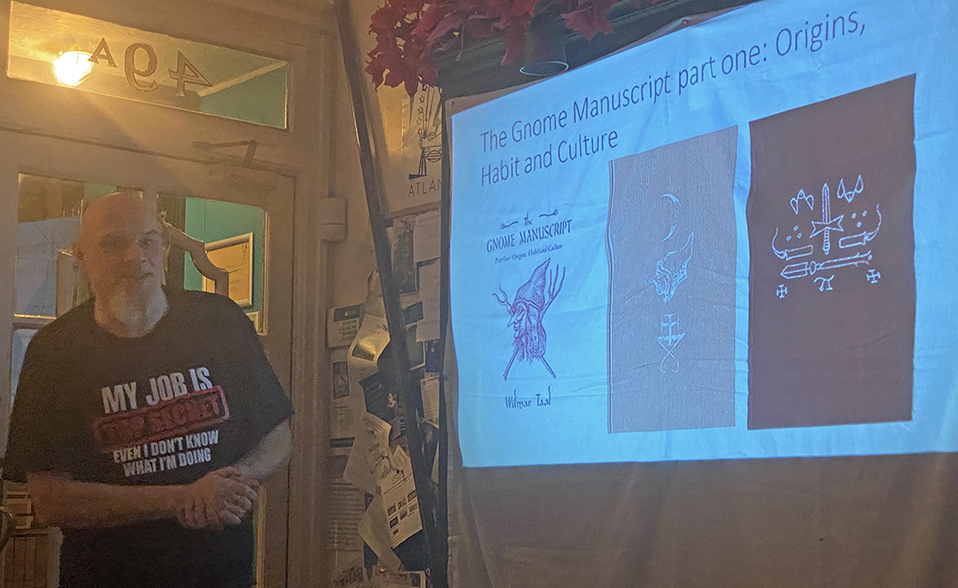
Wilmar Taal on his presentation »Gnomes in the Netherlands« during the book launch party for »The Gnome Manuscript«. London, Atlantis Book shop, February 2020
There are quite a few books on like every possible subject piling up in the archives of Western occultism, but books on elementals or the little folk – and gnomes in particular – are still rare. The writings by William Mistele come to mind, and I also remember an article in the 90ies in a German edition of the AHA magazine from the magical diary of the writer, which turned out to be a pleasantly written account on the writer’s astral journey into the earth element, and thus, the world of gnomes. I enjoyed this article quite a lot, and I recently wondered, if there would not be time for more accounts like this. So, it immediately caught my attention after I spotted Wilmar Taal’s latest Book “The Gnome Manuscript” and its promotional video from Troy books.
“The Gnome Manuscript” is the first part of a trilogy dedicated to Eldermans research on the little people. Two more volumes are planned: “The Gnome Grimoire. Magical workings with Nature Spirits” and “The Gnome Compendium: miscellaneous writings”.
Just recently, there was the launch party in London for the book, so I used the opportunity and met Wilmar at his presentation at the Atlantis Bookstore. There, I learned not only more about gnomes in the Netherlands but also about Wilmar and Mr. Eldermans.
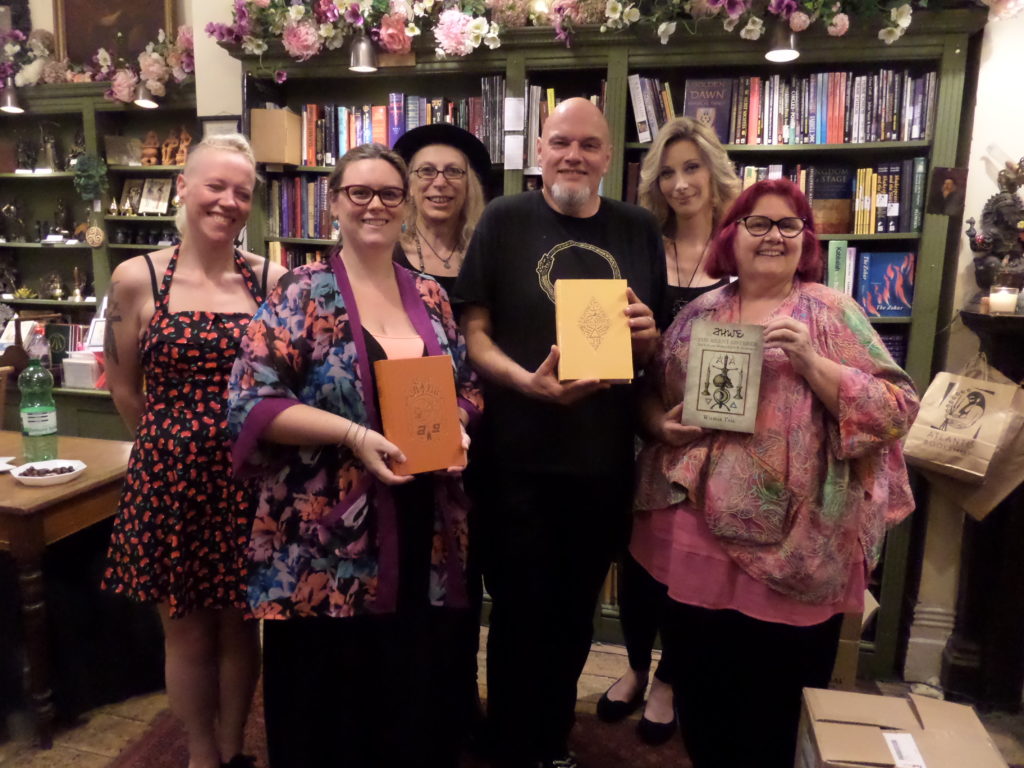
Wilmar Taal debuted at Troy Books two years ago with “The silent Listener“, a biographical account on the life and works of J.H.W. Eldermans, whose occult writings were donated to the Museum of Witchcraft and Magic in Boscastle. Photo was taken in London 2018 at the book launch party at the Atlantis book shop. With his wife Natascha (left), Jane Cox (middle, back, left) and Gemma Gary (middle, back, right) from Troy Books and Geraldine and Bali Beskine from the Atlantis Book shop (front).
Alexander: Hi Wilmar, I hope you had a safe flight home and enjoyed the presentation as much as I did 🙂 The gnome manuscript and your presentation are mostly a collection on J.H.W. Eldermans writings and a solid layer of your own research. So the first question should be – who was J.H.W. Eldermans?
Wilmar: The flight home was alright, a little bumpy at the end, but we landed safely. J.H.W. Eldermans, or Johannes Hendrik Willem Eldermans was a probation officer from The Hague who created a massive collection of drawings, sketches, objects and manuscripts concerning the occult. Many people have tried to categorize Eldermans, but he was a magical omnivore. In his writings he could easily go from witchcraft to cabbala and from parapsychological phenomena to alchemy. Let’s say he was obsessed with the supernatural and anything related. There are differences in opinion when he started with his works. His former neighbour said he was already working on this collection in the 1950’s. There are also clear indications that some of his writings and sketches have been made after his retirement in 1970. The Gnome Manuscript, as we know it, is made in the 1970’s, presumably based on earlier notes. Eldermans is quite vague about his sources, and if you study the drawings in detail, you see all kinds of references to other ‘documents’, but I think these are spoofs. I haven’t found any indication that these refer to something. If so it is either destroyed or it never existed. I prefer to give Eldermans the benefit of the doubt, and believe these references are among materials he destroyed at the end of his life or were destroyed by his wife after he passed away in 1985.
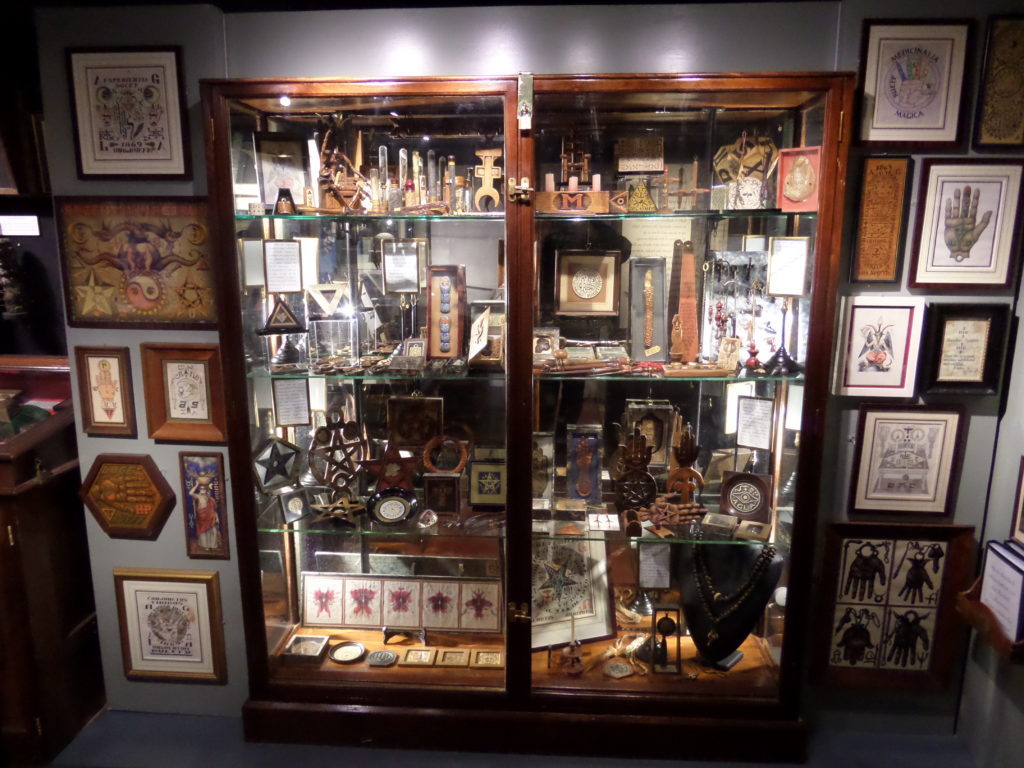
JHW Eldermans left a large legacy of occult or esoteric manuscripts and items. A part of it, »The Richel collection« is now preserved in the Museum of Witchcraft and Magic in Boscastle, Cornwall.
Alexander: What are these collections all about and what is the Richel Collection?
Wilmar: Well, the overall collection is called the Richel-collection. It is a collection of objects, drawings, manuscripts and sketches bequeathed to the Museum of Witchcraft and Magic in Boscastle, United Kingdom, back in 2000, after Bob Richel passed away. Bob was courting the Museum for a little while, hoping he could sell his collection to them, but the museum didn’t have the money to pay for it. Bob visited the museum in 1998, and he invited Graham King, the director at the time, to come to his apartment in Amsterdam to see the collection for himself. In the meantime Bob started to send the museum small ‘gifts’ from his collection. This collection consisted of a large part of the drawings, objects and manuscripts by Eldermans. Bob was married to Eldermans’ daughter, and he kept Eldermans in very high regard. The collections deal with anything you could call Hermetic philosophy, or more broader oriented; the supernatural. Eldermans was as interested in high magic, as he was in poltergeist-phenomena, dowsing or folklore. Gnomes were a special interest to him.
Alexander: It seems that Eldermans himself was not a practicing Occultist – so what motivated him, how deep was his level of understanding. What is the significance of his writings to the practicing occultist if any?
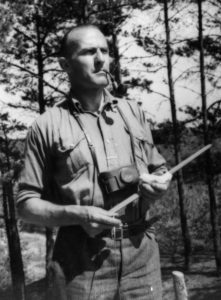
JHW Eldermans. or with full name: Johannes Hendrik Willem Eldermans in 1934. A former probation officer, who, even though apparently not an occultist himself, produced a large collection of texts documenting occult beliefs.
Wilmar: Well that puzzled me for a long time. His sources mentioned in his writings were on one hand from old grimoires or texts concerning magic from let’s say the 15th century. But I never got the impression he actually read those books. Most of his knowledge came from popular books like Modern Witchcraft by Frank Smyth, Sex and the Supernatural by Benjamin Walker, Anatomy of Witchcraft by Peter Haining and some of the ‘books’ he mentioned, like The Tools and Methods of Magic or Spirits of Nature were chapters in The Encyclopedia of Magic and Superstition. Recently I finally got my hands on a book by Kurt Seligmann, and I curse myself for not having obtained that book four years ago, as this is one of the most important sources of Eldermans’ own work. The significance of his work is in my opinion the effort he put into it to produce such a vast body of work, and in his writings on sexual magic and sadomasochistic magic he even introduces concepts unheard of in the magical world, like the Rueff method, or tools like the PS-bridle and the SS-bridle.
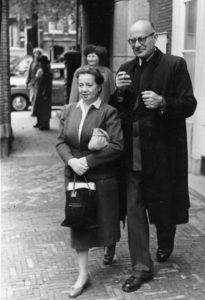
JHW Eldermans in 1955 with his wife. Black / White Photograph.
Alexander: You actually bumped more or less accidentally into Eldermans and his work and then were asked by his family to write about him. You agreed on the spot and this is how your first book about him – The silent Listener – appeared. But: what determined you to start a trilogy on gnomes and their magic?
Wilmar: Well, actually he came to my attention when I wrote my first book in Dutch about the Round House mysteries. He was involved in the research on the occult rituals that presumably were performed there. It was Eldermans who brought the ‘researchers’ working on that case on the trail of the Pangermanic movement. I contacted his granddaughter to try to get more info and we stayed in touch. She indeed approached me to write The Silent Listener. The Life and Works of J.H.W. Eldermans. This book was launched at the Museum of Witchcraft and Magic in Boscastle. There I spoke with the museum staff and the manager, Peter Hewitt, and from these conversations I gathered that the gnome manuscript was something that really puzzled them. Peter gave me the basic idea of translating the manuscript, commenting on it, and maybe doing some extra research on locations or literature mentioned in the manuscript itself. And once I got started, it was a fun job to do, I learned a lot during this process, and I have seen some locations I otherwise would never have visited, like the Hunenborg (a medieval ringfort) or the gnome-crossroads in Helden, in the south of The Netherlands.
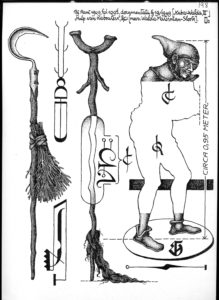
Drawing of a gnome and some of his tools by JHW Eldermans from the Richel collection in Boscastle. The gnome here has an estimated height of 0.95 meters (3.11 feet).
Alexander: So it was some external impetus that brought you to write the gnome manuscript? Meanwhile, you seem to have become quite an expert on that matter. I presume the subject has become a favorite of yours.
Wilmar: Well, you have to understand that two years before I even started looking into these matters, we always went on vacation to the same spot in The Netherlands, and around 2010 I got a little bit fed up with it. Our financial situation was not allowing us to travel abroad a lot, so I had to make the best of it. And as you know, fate will guide you in these matters. I was visiting a small book-fair in Putten, a little town near our vacation home, and I found two small books on local folklore. I bought them as they were fair priced, and then the idea came to me to read such a folklore tale and step on my bicycle and try to find the place where it took place. Some of these places were forgotten, like the Bamberger Pit near a little village called Garderen, so it was a sport to find the exact place. And some of these tales concerned gnomes. It also awoke a fascination with local folklore, so I started collecting books on the subject and now I have two shelves filled with books concerning folklore. The research on Eldermans sometimes made it necessary to buy books on folklore in the places where he lived, like Almelo. That would take some skill, because some books are hard to find. Fortunately I am a seasoned bookhunter. I go to the Deventer book fair every year, the largest book fair in Europe. And I never managed to come home with empty hands.
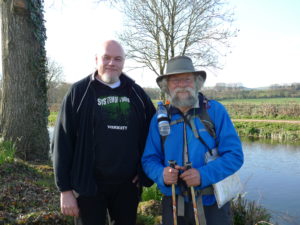
Author Wilmar Taal with Graham King, the former director at the “Museum of Witchcraft and Magic” in Boscastle.
Alexander: Indeed, there is a lot of your own research in the Gnome Manuscript, which adds much knowledge and context to Eldermans writings. So let’s switch to the gnomes themselves. There are several theories about what gnomes are or may have been – but most can be divided into two types of theories: the first one, believes gnomes are or were physically existing beings and the others see gnomes rather as beings belonging to the astral plane. What are these theories and what were Eldermans beliefs in this regard?
Wilmar: The Pygmy theory says that gnomes are flesh and blood. There is also a tale in the writings of the Greek historian and philosopher Strabo about the Idaean Dactyli, a dwarf-like race that mined mountain Ida on Crete. In Eldermans’ writings these Dactyli started migrating north once the mines on Ida were depleted, and they travelled as far north as Ramsbeck in Germany, where they started mining iron, copper and tin. These Dactyli never mingled with the local people and kept to their own in their mines, so people would start telling stories about them, attributing occult powers to them and so our gnome-tales were born. The other theory sees gnomes as spirits. In most of the witness-reports Eldermans noted in his manuscript the gnomes are spirit-like, they appear and disappear in a haze or mist. What Eldermans’ personal beliefs are concerned, he was very skeptical at the age of 42. He could not find the faintest shred of belief inside himself. When we go forward into the 1970’s, he changed his mind and certainly believed that there was something happening. Once he remarked that gnomes existed to a couple of people, and he wrote that if people would look at the evidence at hand, they might think differently.
Alexander: And how about your personal beliefs?
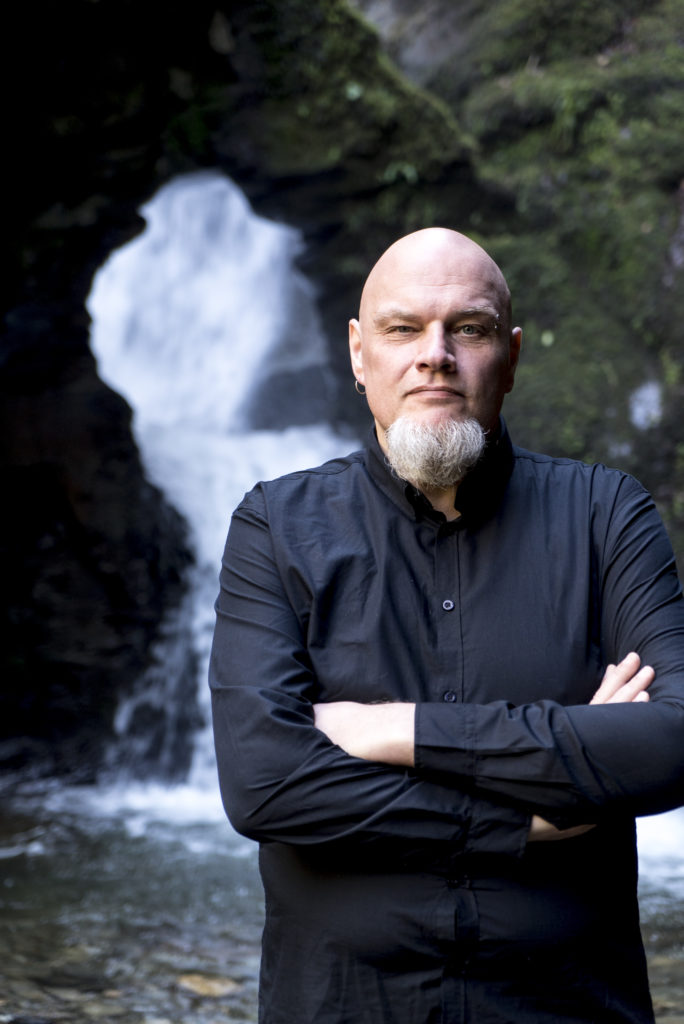
Wilmar Taal was born in 1969 in Zaandam, The Netherlands and works at the Rijksmuseum in Amsterdam. He studied Cultural studies at the Open University Netherlands and graduated with a thesis on H.P. Lovecraft’s Necronomicon. He published three books so far: Wie Nunspeet zegt, zegt Van Vloten. De sage van het Ronde Huis (2014), The Silent Listener. The Life and Works of J.H.W. Eldermans (2018) and The Gnome Manuscript part one: Origins, habit and culture (2019). He also writes various articles for magazines. He lives in Koog aan de Zaan with his wife and »a spoilt rotten cat« as he declares.
Wilmar: I was raised a protestant Christian, so when the time came to become a man, I rebelled with satanism. So reading The Satanic Bible by our esteemed friend Mr. LaVey (Eldermans loathed that man), playing music with satanical lyrics like Venom, Slayer or Mercyful Fate, and there was this interest of me in UFOs. During my time in the Dutch army I was offered the possibility to follow some education, and I saw this course in parapsychology. I finished it a few weeks before I was sent on grand furlough. In 1994 I decided to go back to the University and challenge myself to a college education, and that’s how I got involved in the field of Cultural studies. It was a very open-minded university, as the occult was considered a part of our cultural heritage and was also treated in the curriculum. Although I am quite skeptical, I am still interested in Hermetic Philosophy and the Occult sciences as a cultural phenomenon. It can’t be denied that people like Blavatsky, Crowley, Germer, Mathers, Murray, Gardner, Spare et cetera had a major influence on Western civilization. If I ever would become religious again, I might consider a pagan religion, simply because they don’t judge people’s sexual identity or orientation. I love the idea that you, as an individual, should be free to be who you are.
Alexander: So, this probably implies you haven’t met gnomes yourself, yet? What are gnomes anyways?
Wilmar: No, but I would love to meet one. Seen from a cultural point of view I think gnomes represent a part of nature that was unknown to our ancestors. In The Netherlands we know them as ‘kabouters’, but also as ‘Eerdmennekes’ or ‘Alven’. Alven is actually something from Germanic and nordic culture. It could very well mean that the concept of a gnome is introduced in our society rather than that it existed by itself. If you look to the south, the gnome-folklore is more rooted in Celtic tradition. Take for instance the belief in the province Zeeland that a gnome could cause you to get lost. In Great Britain they know this type of behaviour as ‘being pixie-led’. The remedy was to turn your coat inside out and wear it that way. That would confuse the little people enough to leave you alone.
Alexander: There seem to be many parallels to folklore surrounding gnomes in other Germanic countries. So how are they related to the Scandinavian Nisse, Jultomte or the German Heinzelmännchen?
Wilmar: Well I am speculating now, but I believe that all these European traditions are connected in one way or another. It could originate from a single culture that once inhabited Europe, but I think that explanation is too simple. I believe that contact between various tribes, be it through war or trade or travels, have imported these ideas into strange societies and vice versa, brought their ideas back to your own tribe. And if you go look worldwide, there are a lot of cultures who have stories about ‘little people’. In Surinam for example, they know the ‘Bakru’, a dwarf-like creature that knows black magic, and you shouldn’t mess around with them.
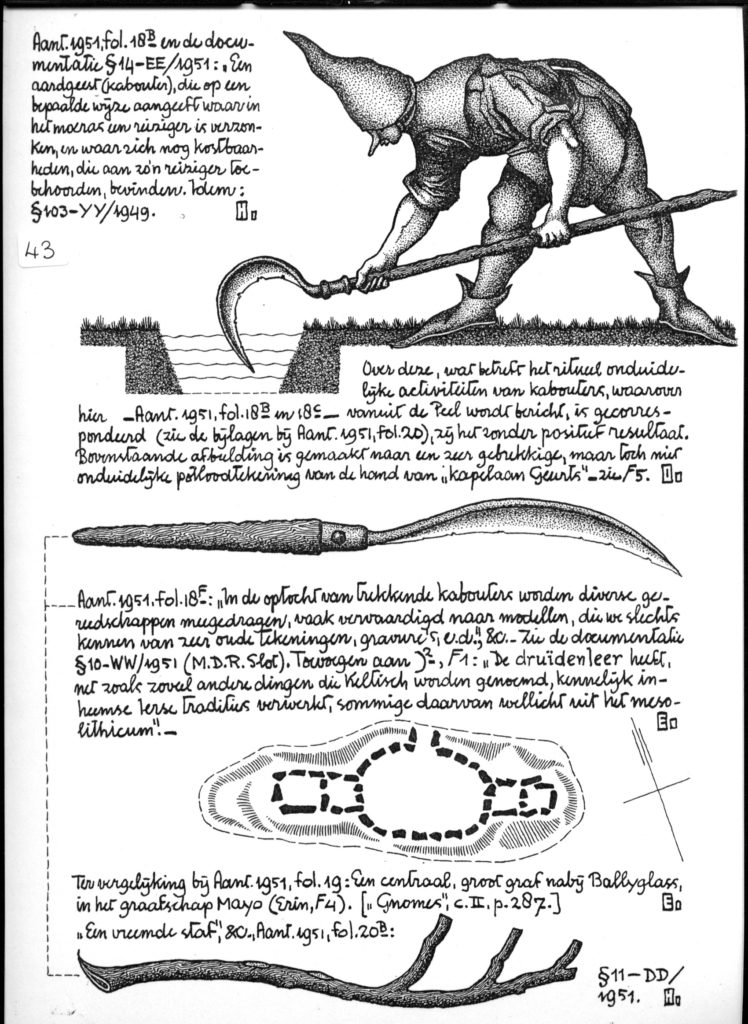
Another page from the Richel Eldermans collection showing a gnome working and some of his tools
Alexander: I know I tried to meet gnomes when I was a kid. I left milk evenings in the garden to feed them. They even wrote some thank-you letters sometimes, but I identified the script as my father’s handwriting =) So, I did not learn much first hand either. What else are the most commonly reported features of gnomes?
Wilmar: Gnomes do chores if you reward them well. They repair things, clean your house, clean your pots and pans, feed the cattle, tend to the horses and all you have to give them in return is food. They can’t eat it due to their spirit-like nature, but they appreciate the smell and the effort shown by humans to prepare it for them. Gnomes can be attracted, but they don’t want to be around humans by choice, as they detest our smell, especially from women and mostly from women who have their period. In one of the future installments is an instruction for women how to wash themselves when they want to meet gnomes. It concerns rainwater and leaves of rue. It takes away the smell enough to not disturb the gnome too much. Gnomes are also guardians of treasure according to Eldermans, so if you want to find treasure, you should seek help from a gnome. In the Keys of Solomon there is a ritual that describes what measures to take to make sure the gnome doesn’t extracts its vengeance on you once you forced it to seek treasure for you. Gnomes can also be greatly annoying, a pest or even right out dangerous. In the second book there are a number of rituals including how to defend yourself against gnomes or even repel them.
Alexander: You mention rituals to get rid of gnomes. Why is that and how would one do that? But in the first place: is there also advise on how to attract a gnome?
Wilmar: There are a number of theories on how to see a gnome. One is to have the talent yourself. Some people are born psychic and are able to see them. There is also a theory by Henriette Gorter that only people who have experienced the proximity of death at an early age (and that could be because you were close to death yourself, or you lost someone dear to you at an early age) are able to see gnomes. There are also magical means to see gnomes, by drilling a hole in a peg of a certain kind of wood, apply the right pentacle on the wood, and at a certain hour on a certain day under the influence of a certain planet you might be able to witness gnomes. Eldermans described and drew a number of these strange looking apparatuses. When you do see a gnome, you know there should be treasure nearby. If you manage to find that treasure, you will experience the wrath of the gnome, and that comes in all shapes and sizes. The gnome could infest your house and behave like a poltergeist. Or the gnome could lead you astray. It could bring ideas in your head that scare you half to death. So knowledge about gnome magic is necessary once you decide to use magic to see them.
Alexander: So if someone would need to repel a gnome and they would go for Eldermans advice, they would end up banning the gnome using the Lesser Key of Solomon and would need to use Christian elements… How is the gnomes relationship to Christianity? What does Folklore tell about this?
Wilmar: Actually from the greater Key. The Christian elements can be found in the work of another folklorist, a contemporary of Eldermans, Jacques Sinninghe. Gnomes and Christianity don’t go together rather well. Gnomes are considered to be ‘demonic’ in nature, so the Church forbade the people to tell these kinds of stories. In other cases gnomes were exorcised from their homes by priests. There are stories in the works of both men that gnomes can’t stand the sound of the church bells. In one theory the sound physically harms them, in the other theory they loathe the sound because gnomes consider Christianity to be a hypocrite religion. I still haven’t come across reasons why gnomes consider Christianity hypocrite, but I can imagine why.
Alexander: Well, so do I 🙂 You focus on gnomes in the Netherlands and you made some discoveries regarding the geographical distribution of their appearance…
Wilmar: Well, it appeared that gnomes had a certain appearance in Twente and De Veluwe areas in The Netherlands. They looked like they dressed as medieval peasants, often had beards, but some didn’t. They wore sturdy pointy hats, not necessarily red. Gnomes loved to dress in earthy colors. The gnomes from the south, according to Eldermans, were quite muscular and dressed in a loincloth with a white pointy cap. Local folklore contradicts this as they describe gnomes to be dressed in rags and have ‘the features of the Devil’ in their faces. It led a recent researcher to the conviction that gnomes were actually children with Down syndrome, which is very stereotyped in my opinion. Gnomes in Twente came closer in appearance to so-called fairy tale gnomes, the ones we know with the red pointy hat.
Alexander: What is or could be the explanation for these contradicting accounts?
Wilmar: Geographical differences, but also difference in culture could be one explanation. Not all people in The Netherlands share the same beliefs. For instance, in the east they are terrified of so-called White Women, as in the north-west they never heard of such creatures. If you look at it from another perspective: there might be different races of gnomes living right next to us. I am skeptical of the thought, but do not dismiss it at first sight.
Alexander: The first part of the trilogy focuses on the origins, habits and culture of the gnomes. How would you describe gnome culture in short and what surprised you the most?
Wilmar: Well, what I learned is that there is no such thing as gnome culture. It is a mingling of all kinds of cultures, gnomes are not known for their magnificent monuments or their writings. There is actually very little to go on. Mostly they express some form of culture in their clothing, shoes and tools. What surprised me is that gnomes appear to have very broad feet, and there are shoes pictured in Eldermans’ work those feet would never fit into.
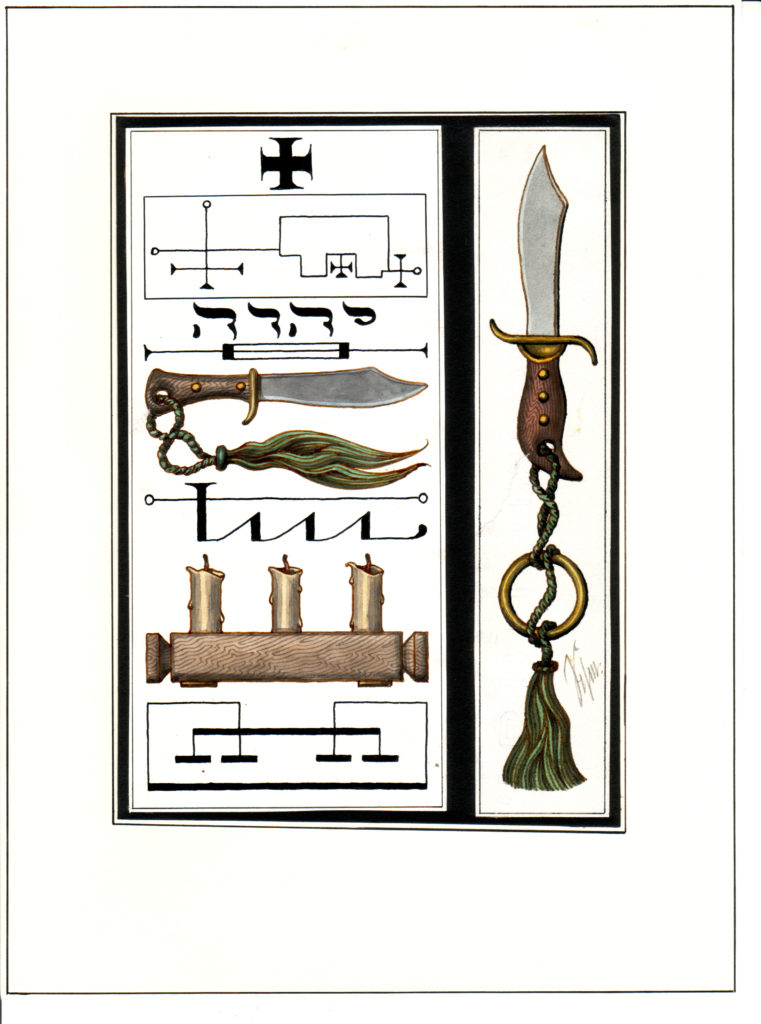 Alexander: The second part will focus on Gnome magic – what exactly can we expect from this?
Alexander: The second part will focus on Gnome magic – what exactly can we expect from this?
Wilmar: We are currently editing this part of the trilogy, and there are three chapters in the book that are even larger than those in the first book. The first chapter deals with magic to attract gnomes. This comes from various sources, like The Key of Solomon but also from local folklore. The second chapter deals with gnomes that need to be removed by magic. Gnomes can become enormous pests and you don’t want such gnomes in your home or on your land, so there are a number of ways to make sure they don’t come near your home. The third chapter deals with seeking treasure with the aid of gnomes. And here the sources vary from old texts to local folklore.
Alexander: … and what will be the content of the third book then be?
Wilmar: The third book will deal with writings that could not easily be categorized. One chapter deals with witness-reports Eldermans collected. One chapter deals with gnome mythology, another with persons associated with gnomes, like Mrs. Annie Gerding-Le Comte, the gnome lady from Nunspeet. Eldermans corresponded with her in 1976 concerning a gnome migration route that went straight through her garden. And there are the real leftovers mentioned in a separate chapter.
Alexander: When can we expect the next volumes to go into print?
Wilmar: I believe that part two will go into print this year. But Troy Books has their own way of planning, so it could also be shifted into 2021. It was originally planned to be released quite quickly after each other, but since Troy Books is growing, there are more new authors coming on board and new books being published. I do hope we will manage it this year. The third book will follow a year after that.

Bob Laurentius Richel with Pipe, 1966. It Was Richel, having been married to Eldermans daughter Louise, who preserved Eldermans work and approached The Museum of Witchcraft and Magic in Boscastle.
Alexander: Do you have any other projects ongoing right now, or planned?
Wilmar: Currently I am laying the last hand on a book about Bob Richel, titled Traveller inside the frame of a strange painting. The occult life of Bob Laurentius Richel. When that one is done I am going to work on my next project concerning the history of the UFO in The Netherlands, which I am looking forward to very much. Then there are a couple of ideas I am toying with, like a book on Dutch folklore for the English market and two more books on the Eldermans collection. One will be called Eldermans: Witch and deals with Eldermans’ knowledge on ancient and modern witchcraft and The Light of Egypt: Sexual magic in the works of J.H.W. Eldermans, which will be quite a voluminous work. Most of his collection concerns sexual magic.
Alexander: You mentioned Bob quite some times before. Bob Richel was the one handing the Eldermans collection to the Museum of Witchcraft and Magic. Who was this man and what can we expect from his biography?
Wilmar: Well, Bob’s life started with his family fleeing their home because of poltergeist phenomena, so does the family tell me time and time again, his life is drenched in the supernatural. He was a quiet, humble man who loved to make art with an occult theme to it, but also with a surrealist touch. Bob had some gruesome experiences during World War II, he joined the resistance in Amsterdam and went to Indonesia when the nationalists declared their independence from The Netherlands. After that he never wanted to go to war again. In the 1950’s he met Louise Eldermans and became acquainted with her father. Eldermans looked down on Bob, but Bob adored his father-in-law. That relationship never changed. But everyone I met during the research for this book said the same thing: he was a kind, humble, friendly soul with a certain black sense of humor. When I interviewed Graham King for this book, he described Bob in the same words. And I wouldn’t call him an occultist either, but someone with great love for the subject, and a great love for mandrake roots. He grew a couple of them himself, and fashioned them into mandrake men. These are now on display in the Museum of Witchcraft and magic.
Alexander: Wilmar, thank you very much for these insights into the folklore of gnomes, your latest book and the outlook on your future ones. I hope to re-see you soon and then to continue our interview with the occasion of the next book launch 🙂
Wilmar: The next launch will be in Boscastle during the release of the third book. Troy Books is thinking about releasing a limited edition cassette with all three editions in them. We will probably launch it at the Museum of Witchcraft and Magic, as the Gnome Manuscript can be found there in the library. It would be great to reconnect there, but as the North American release of The Silent Listener draws near with Llewellyn Worldwide, there might be other occasions coming real soon! I will keep you posted. Thank you for the opportunity to elaborate on my work, and I hope to speak to you soon.
Alexander: It was my pleasure and I had a really good time at your party and reading the book. See you soon!

www.theoldcraft.com



